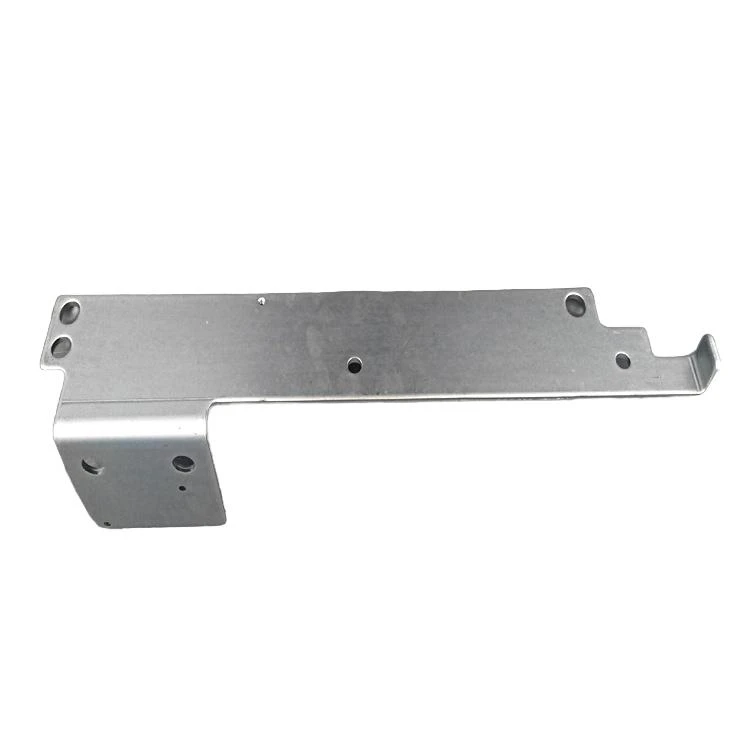Brass Pressure Die Casting Techniques and Applications in Modern Manufacturing
Understanding Brass Pressure Die Casting
Brass pressure die casting is an advanced manufacturing process that involves injecting molten brass into a steel mold under high pressure. This method is renowned for producing highly detailed and complex shapes with smooth finishes, making it an ideal choice for various applications in industries ranging from automotive to electronics. This article delves deep into the intricacies of brass pressure die casting, its advantages, applications, and considerations in the manufacturing process.
The Die Casting Process
The brass pressure die casting process begins with the melting of brass, which is an alloy primarily composed of copper and zinc. The molten brass is then poured into a die casting machine, where it is injected into a precision-engineered mold at high speed and pressure. This high-pressure injection ensures that the molten metal fills the mold cavities completely, allowing for intricate designs and fine details to be created.
Once the brass cools and solidifies, the mold is opened, and the finished part is ejected. The rapid cooling process of brass not only speeds up production times but also enhances the properties of the cast component, providing a strong and durable final product. The entire operation is typically managed by specialized machinery, allowing for high levels of automation and efficiency.
Advantages of Brass Pressure Die Casting
Brass pressure die casting offers numerous advantages over traditional metalworking methods. Here are some key benefits
1. Precision and Complexity This method enables manufacturers to create complex shapes with tight tolerances. The precision of die casting makes it ideal for parts that require intricate designs, such as decorative fittings and intricate mechanical components.
2. Surface Finish The process yields parts with a smooth surface finish, often reducing the need for secondary machining processes. This characteristic can significantly lower overall production costs.
3. Material Efficiency Brass die casting minimizes waste material due to its high accuracy. The complex shapes can be achieved with less raw material compared to other methods like machining.
4. Strength and Durability Brass has excellent mechanical properties, providing strength, corrosion resistance, and longevity, which are crucial for parts used in demanding environments.
5. Low Production Costs Once the initial molds are created, the cost per unit for large production runs is significantly lower than that of other manufacturing methods, making it an economically viable option.
brass pressure die casting

Applications of Brass Pressure Die Casting
Due to its numerous advantages, brass pressure die casting is utilized in a wide range of industries. Common applications include
- Automotive Components Brake system components, engine parts, and electrical housings often use precision die-cast brass parts for reliability and performance.
- Plumbing Fixtures Brass is widely used in faucets, valves, and fittings due to its corrosion resistance and excellent workability.
- Electronics Connectors, housings, and enclosures made from die-cast brass benefit from the material's conductivity and mechanical strength.
- Industrial Equipment Many parts in machinery, including gears and housings, are manufactured using this process because of the durability of the resulting components.
Considerations in Brass Pressure Die Casting
While brass pressure die casting is a favored method for many applications, several factors must be considered
- Tooling Costs The initial investment in molds can be high, but they are durable and can produce hundreds of thousands of parts.
- Cycle Time The process can be time-sensitive; however, advancements in technology are continually reducing cycle times.
- Material Selection Choosing the right brass alloy is critical, as different compositions can affect the properties of the final product.
In conclusion, brass pressure die casting stands out as a highly efficient and versatile manufacturing method. Its combination of precision, material efficiency, and strength makes it a go-to choice for a multitude of industries looking to produce high-quality components. As technology continues to advance, the scope of applications for brass pressure die casting is likely to expand further, solidifying its role in modern manufacturing.
-
Precision Casting AI Solution with GPT-4-Turbo | Optimized QualityNewsAug.02,2025
-
Precision Sheet Metal Stamping Manufacturer | Fast & ReliableNewsAug.01,2025
-
OEM Sand Cast Pump Valve Fittings - Baoding Hairun Machinery And Equipment Trading Co., Ltd.NewsAug.01,2025
-
Custom OEM Impellers | High Efficiency & PrecisionNewsAug.01,2025
-
OEM Sand Cast Pump Valve Fittings - Baoding Hairun Machinery | Customization, Quality AssuranceNewsAug.01,2025
-
OEM Sand Cast Pump Valve Fittings - Baoding Hairun Machinery And Equipment Trading Co., Ltd.NewsAug.01,2025















